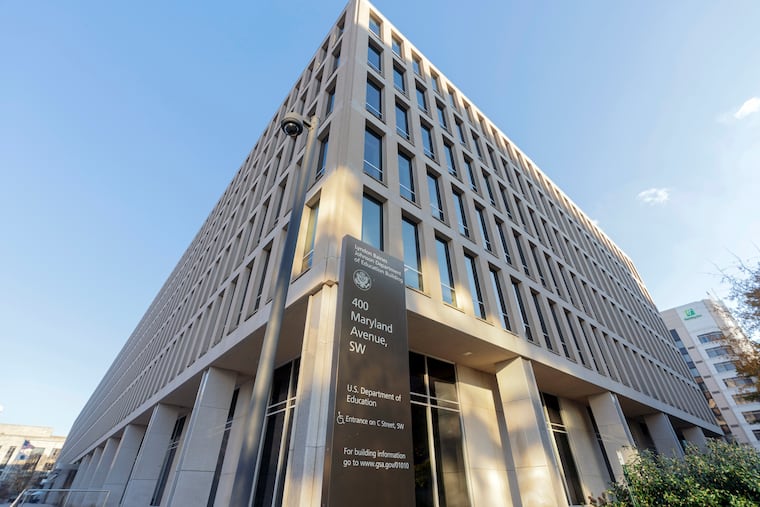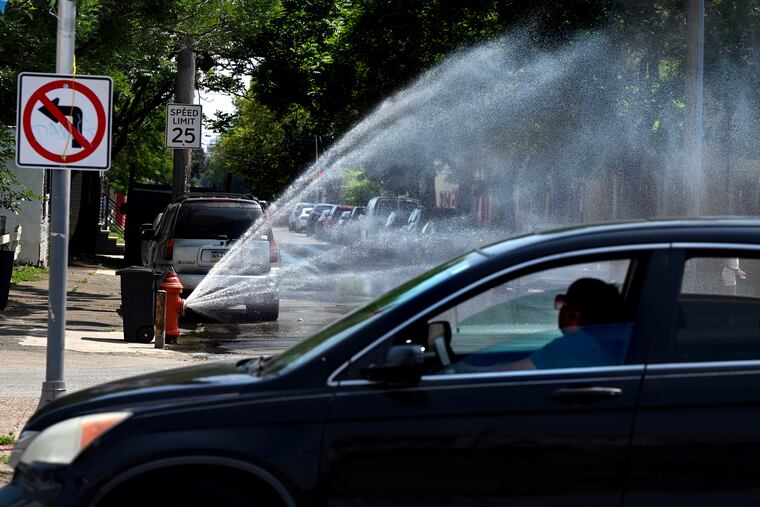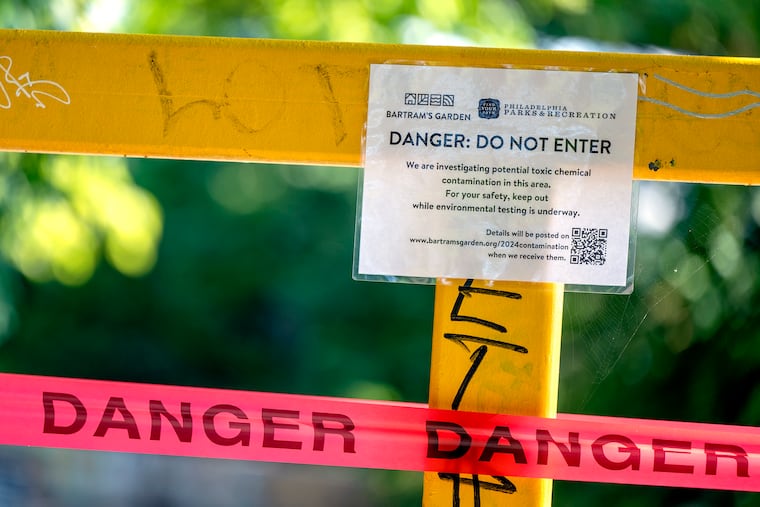Education Department to refer defaulted student loans to debt collection agencies.
The U.S. Department of Education is poised to resume the collection of federal student loans starting next month, impacting an estimated 5.3 million borrowers currently in default. This move marks the end of a temporary reprieve initiated during the COVID-19 pandemic, when no federal student loans were referred for collection since March 2020.
Beginning on May 5, the Department will initiate involuntary collection efforts through the Treasury Department’s offset program. This program enables the government to withhold various payments—such as tax refunds, federal salaries, and other benefits—from individuals with overdue debts. In addition, after a 30-day notification period, the Department will commence wage garnishment for defaulted borrowers.
Education Secretary Linda McMahon highlighted the administration’s position, stating that American taxpayers should not bear the consequences of poor student loan policies. The decision to restart collections has faced criticism from various advocacy groups. Opponents of the new policy argue that it will exacerbate economic challenges for working families and is unnecessarily harsh in the current economic climate. Mike Pierce, executive director of the Student Borrower Protection Center, voiced concerns that reinstating these collections could lead to significant financial hardship for borrowers.
In light of these changes, many borrowers are beginning to prepare for their obligations as loan repayments are set to resume. Previously, during the Trump administration, a temporary freeze on federal student loan payments and interest accrued was implemented as a form of relief for borrowers. This temporary halt was extended multiple times, but is set to end definitively in October 2024.
Borrowers who fail to make payments for nine consecutive months are considered in default, which affects their credit scores and can lead to debt being sent to collections. Additionally, about 4 million borrowers are currently overdue between 91 and 180 days, while less than 40% of all borrowers remain current on their student loans, according to department officials.
For those in default, one option to prevent wage garnishment involves loan rehabilitation. This process requires borrowers to contact their loan servicer and provide documentation of their income and expenses. If the borrower makes consistent payments for nine months, they can exit default status. Loan rehabilitation can be pursued only once.
Amid these developments, President Joe Biden has overseen the cancellation of student loans for more than 5 million borrowers. Although his ambitious proposal for widespread debt relief was thwarted by the Supreme Court, through various forgiveness programs, his administration has discharged over 3.6 billion in student loans.
In her recent statement, Secretary McMahon indicated a move towards more responsible loan management, aimed at fostering the financial well-being of borrowers and ensuring positive economic outcomes for the nation. The Department of Education, alongside the Treasury Department, is committed to managing the student loan program lawfully and effectively as payments resume.







